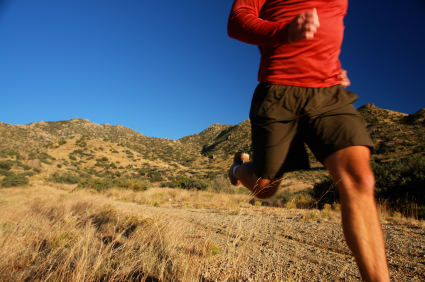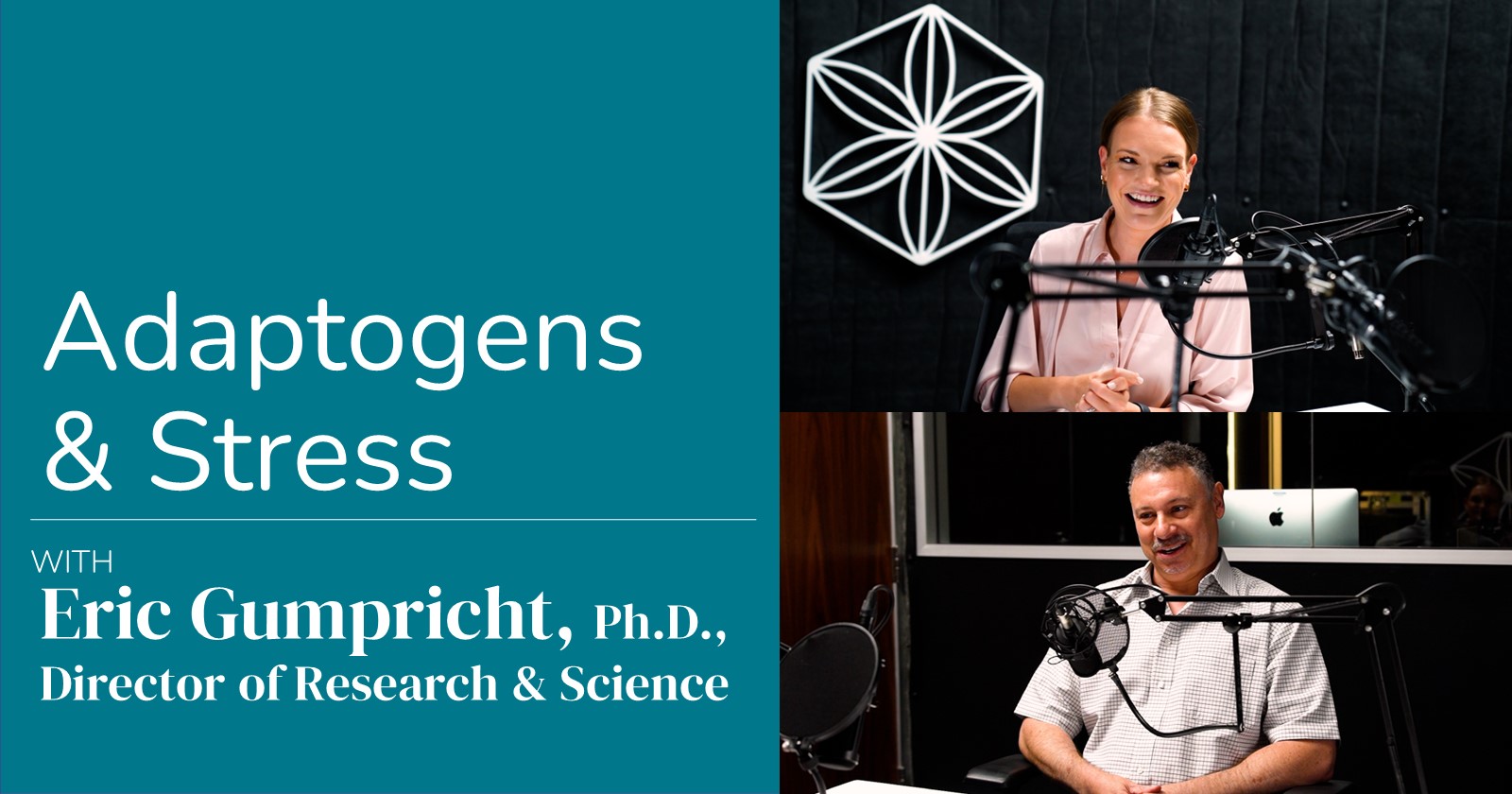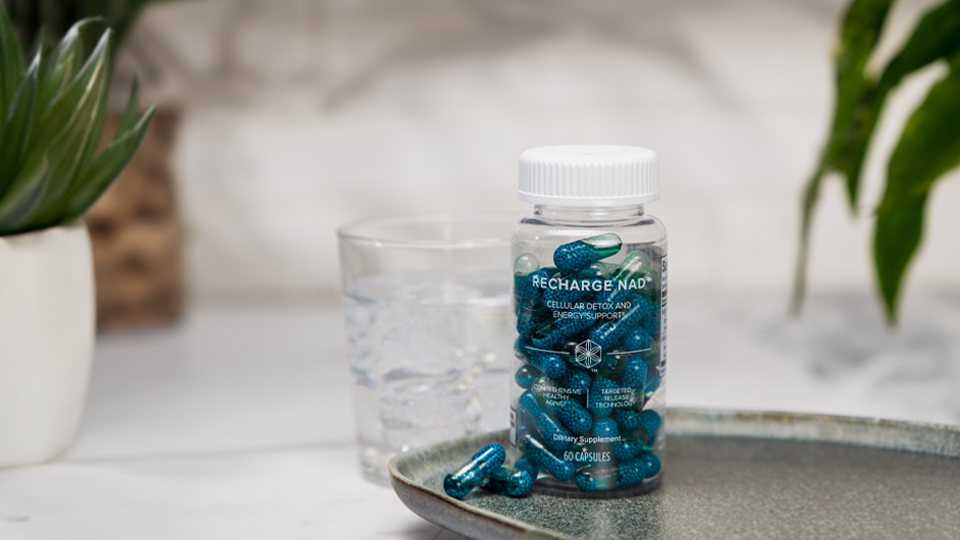By Dr. Michael Colgan (abstracted and adapted from Dr. Colgan’s forthcoming book, The Anti-inflammatory Athlete)
The more complex a joint, the more likely it will get injured in sport. Knees are the most complex. They consist of a rolling cam that also rotates as it rolls. No surprise that knees are the joint most subject to injury. There are more than three million knee injuries every year in young athletes in the US alone, in all sports played on the feet (1).
Close in vulnerability to the knee is the ankle, with its simultaneous hinge, gliding, and rotating action. Next in vulnerability is the shoulder, with its hard ball head of the humerus bone sliding precariously in a depression in the soft tissue that it uses as a shallow socket. Then come the vulnerable hinge and gliding joints of the elbow and wrist.
The ball and socket of the hip joint is the most robust. Nevertheless, all these synovial joints rely on the integrity of their cartilage for healthy movement. Cartilage is the soft tissue layer on either side of the joint that cushions the ends of the bones. Bones have a slick of synovial fluid between them that lubricates the moving parts and enables them to slide freely.
Sport is tough on cartilage, continually creating rough spots and wearing it out. Sport is also tough on the synovial fluid. Whenever the intensity of your exercise causes the rate of wear and tear to exceed the maximum rate at which you can produce new cartilage and synovial fluid, you get inflammation, pain, and stiffness of the joints (2). Here we will tell you how to increase your maximum rate of renewal of cartilage and synovial fluid so you can maintain it indefinitely.
There are four essential components of a synovial joint that you can influence by what you eat. First are collagen fibrils. Second, are structures like small feathers called proteoglycans. Third, are chondrocytes, the only cells in cartilage. Chondrocytes manufacture the mix of collagen and proteoglycans that form the cartilage.
Fourth is synovial fluid, a complex mixture that contains a high level of hyaluronan (hyaluronic acid), a viscous gel. Hyaluronic acid is the water-holding molecule of the body. One gram will hold more than a thousand grams of water. Its gel structure retains the water that cushions nerves and joints, and also provides the shape and form to the human eye and skin. A 70kg (154 lbs) athlete has about 15 grams of hyaluronan in the body, one-third of which is degraded and replaced every day. The harder you exercise the more hyaluronan you use. Decline of hyaluronan with aging, and not collagen as frequently claimed, is the main cause of wrinkles and lines. For free moving joints athletes need to get its components in their diet every day.
Science has discovered natural substances that speed the body’s processes of renewing cartilage and synovial fluid, and inhibit their decline. Here we cover only the best of those substances that research shows improve cartilage and lubrication of joints in controlled trials.
- Collagen- Athletes certainly need the extra collagen in their joints, and should do everything that can maintain it. Athletes can preserve collagen levels in joints by eating a diet high in free-range poultry, wild fish, and shellfish or through supplementation (3-5). In addition, one of the big reasons we advise strongly against NSAIDs use, especially before exercise, is that these drugs abolish the rise in adaptive collagen that occurs in rhythmic exercise such as running (6).
- Glucosamine sulfate – A major component of proteoglycans is the chemical glucosamine. Supply of this chemical is the rate-limiting step that largely controls the renewal of proteoglycans, and thus the rate of cartilage renewal (2). Preformed glucosamine taken as a dietary supplement increases glucosamine levels in joints (7-13).
- Chondroitin sulphate – Taken as a supplement, chondroitin sulfate has been successful in increasing the quality and volume of new cartilage in numerous controlled trials over the last 20 years (13-17). From the research overall, we recommend that athletes routinely use glucosamine sulfate and chondroitin sulfate daily. We recommend doubling normal doses of each daily when doing intense training, such as runs longer than 15 miles in preparation for a marathon, or the four weeks before a big game.
- Hyaluronan- A major component of the synovial lubricating system of joints is hyaluronan. For 50 years, researchers have been using various formulations of hyaluronic acid to determine if it will increase production of synovial fluid. The big problem has been absorption, because hyaluronic acid is usually a whopping molecule, seemingly too big to pass through the gut wall. So the usual therapy used with patients involves injecting the hyaluronan directly into the joints. Some oral formulations now offer small molecule hyaluronan to overcome the absorption problem. Recent reviews of the evidence, however, indicate that even large molecule hyaluronan taken by mouth does increase synovial fluid in joints (7). From this research, supplementation of hyaluronic acid is recommended for athletes.
- Methyl-sulphonyl-methane (MSM) – To make new cartilage, the body also needs a lot of sulfur, which is likely why the sulfate form of glucosamine is the most successful in creating cartilage. Combined with alliums in the everyday diet to increase availability of sulfur, we have had great success with runners, especially for knee pain. If you are not getting sufficient alliums, that is onions, garlic, or leeks every day, then we recommend daily supplements of basic sulfur as MSM. There is considerable evidence supporting MSM supplementation (11, 19). If you are going to be a champion resolve today to nurture perfect joints.
References
- Adirim TA, Cheng TL. Overview of injuries in the young athlete. Sports Med. 2003;33(1):75-81.
- Colgan M. Beat Arthritis. Vancouver: Apple Publishing, 2000.
- Bello AE, Oesser S. Collagen hydrolysate for the treatment of osteoarthritis and other joint disorders: a review of the literature. Curr Med Res Opin 2006 Nov;22(11):2221-2232.
- Sreejamole KL, et al. Anti-inflammatory activities of aqueous/ethanol and methanol extracts of Perna viridis Linn. in mice. Inflammopharmacology 2011 Feb 27. [Epub ahead of print]
- Halpern GM. Anti-inflammatory effects of a stabilized lipid extract of Perna canaliculus (Lyprinol). Allerg Immunol (Paris). 2000 Sep;32(7):272-278.
- Christensen B, et al. Effect of anti-inflammatory medication on the running-induced rise in patella tendon collagen synthesis in humans. J Appl Physiol. 2011 Jan;110(1):137-41.
- Bruyere O, et al. Evaluation of symptomatic slow-acting drugs in osteoarthritis using the GRADE system. BMC Musculoskelet Disord 2008 Dec 16;9:165.
- Jordan KM. Arden NK. An evidence based approach to the management of knee osteoarthritis: Report of a Task Force of the Standing Committee for International Clinical Studies Including Therapeutic Trials (ESCISIT)”. Ann Rheum Dis 2003;62 (12): 1145–1155.
- Leffler CT, et al. Glucosamine, chondroitin, and manganese ascorbate for degenerative joint disease of the knee or low back: a randomized, double-blind, placebo-controlled pilot study. Military Med 1999;164(2):85-91.
- Yoshimura M, et al. Evaluation of the effect of glucosamine administration on biomarkers for cartilage and bone metabolism in soccer players. Int J Mol Med 2009;24(4):487-494.
- De Silva V et al. Evidence for the efficacy of complementary and alternative medicines in the management of osteoarthritis: a systematic review. Rheumatology (Oxford) 2010 Dec 17. [Epub ahead of print]
- Jordan KM. Arden NK. An evidence based approach to the management of knee osteoarthritis: Report of a Task Force of the Standing Committee for International Clinical Studies Including Therapeutic Trials (ESCISIT)”. Ann Rheum Dis 2003;62 (12): 1145–1155.
- Black C et al. The clinical effectiveness of glucosamine and chondroitin supplements in slowing or arresting progression of osteoarthritis of the knee: a systematic review and economic evaluation. Health Technol Assess 2009 Nov;13(52):1-148.
- Morreale P, et al. Comparison of the anti-inflammatory efficacy of chondroitin sulfate and diclofenac sodium in patients with knee osteoarthritis. J Rheumatol 1996;23:1385-91.
- Uebelhart D, et al. Intermittent treatment of knee osteoarthritis with oral chondroitin sulfate: a one-year, randomized, double-blind, multicenter study versus placebo. Osteoarthritis Cartilage 2004 Apr;12(4):269-76.
- Leeb BF, et al. A meta-analysis of chondroitin sulfate in the treatment of osteoarthritis. J Rheumatol 2000 Jan;27(1):205-11.
- Baeurle SA, et al. Effect of the counterion behavior on the frictional–compressive properties of chondroitin sulfate solutions. Polymer 2009;50(7):1805–1813.
- Kalman DS, et al. Effect of a natural extract of chicken combs with a high content of hyaluronic acid (Hyal-Joint) on pain relief and quality of life in subjects with knee osteoarthritis: a pilot randomized double-blind placebo-controlled trial. Nutr J 2008;Jan 21(7):3.
- Parcell S. Sulfur in human nutrition and applications in medicine. Altern Med Rev 2002 Feb;7(1):22-44.





